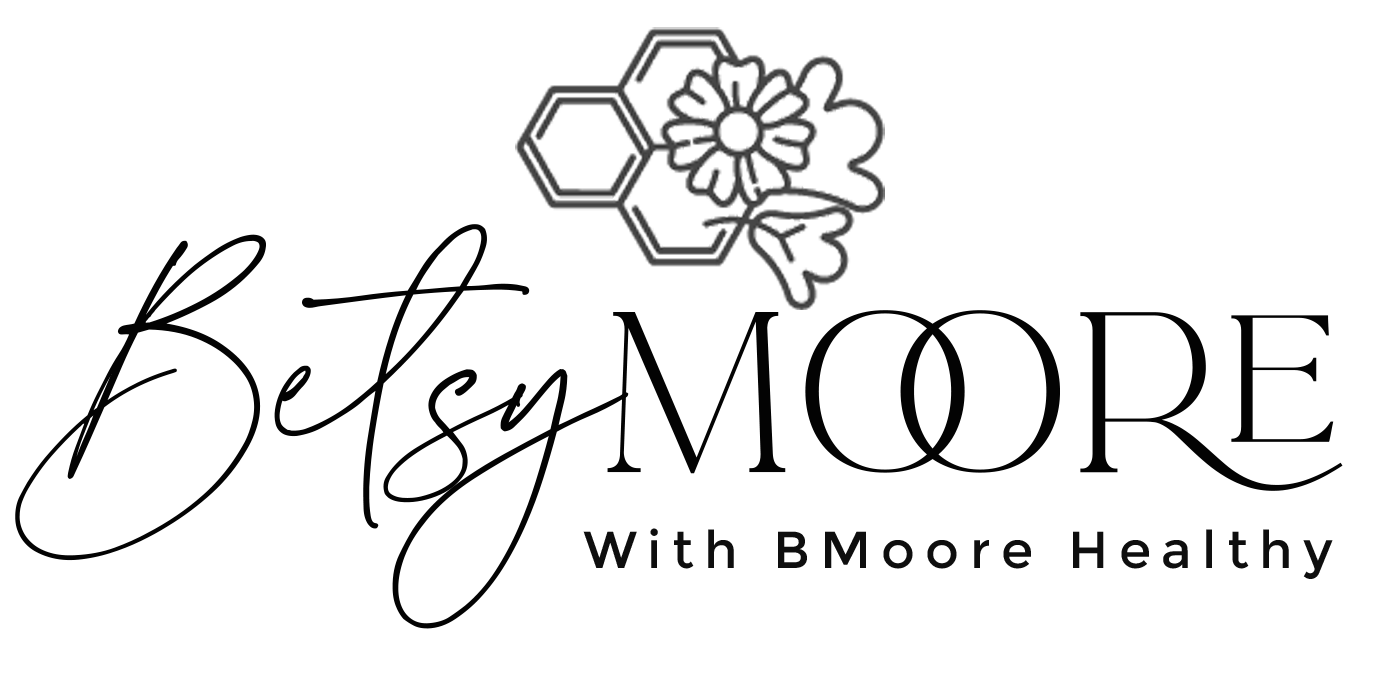Just like Great-Grandma used to make?

Years ago the idea of altering a recipe to make it more healthy was unheard of. At some point in history our ancestors only ate real food. Our family members of past generations started making meals that have carried forward and now find a place on our dinner tables. Now that we know that too much salt, sugar and fat aren’t good for us, we try to take our favorite family recipes and make them into healthy ones.
Are all changes for the better? One of my most favorite desserts EVER is my mom’s apple pie. It is da bomb! I always tell her she needs to sell these pies. The crust is so flaky and delicious. My mom has been making pies since she was 13 years old. The recipe uses margarine and Crisco. Damn it, right? At one point, we thought margarine was healthier than butter.
I told my mom that we have to figure out how to make these “slices of heaven” a little healthier before she sells them to the public. 🙂
Mom says that she has tried to make it with real butter and the crust didn’t turn out the same. Hmmm. This got me thinking. When did these “food-like substances” (as Michael Pollan would call them) enter our food system and find their way into our family favorite recipes? They were making apple pie before Crisco and margarine, right?

I did a little research about Crisco. What’s in it? Their website says: SOYBEAN OIL, FULLY HYDROGENATED PALM OIL, PARTIALLY HYDROGENATED PALM AND SOYBEAN OILS, MONO AND DIGLYCERIDES, TBHQ AND CITRIC ACID (ANTIOXIDANTS). Yikes! What the heck is that stuff? According to their website, the company started selling animal lard back in 1870. In 1911, they created Crisco as an alternative to animal fats and butter. Margarine was invented in 1870.
Partially hydrogenated oils are crap. Hydrogenation is the process of heating an oil and passing hydrogen bubbles through it. The fatty acids in the oil then acquire some of the hydrogen, which makes it more dense. If you fully hydrogenate, you create a solid (a fat) out of the oil. But if you stop part way, you have a semi-solid partially hydrogenated oil that has a consistency like butter, only it’s a lot cheaper. Cheaper now, but what is the price down the road?
What’s the big deal? Unlike butter or virgin coconut oil, hydrogenated oils contain high levels of trans fats. You might notice alot of buzz in the media right now about trans fat. A trans fat is an otherwise normal fatty acid that has been altered, by high-heat processing of a free oil. The fatty acids can be double-linked, cross-linked, bond-shifted, twisted, or messed up in a variety of other ways. In short, trans fats are terribly unhealthy. Because they are fake substances, our body doesn’t know what to do with them. They interfere with the metabolic processes of our cells by taking the place of a natural substance that performs a critical function. Your body has no defense against them. Because of that consistency, and because it is cheap, it is a big favorite as a butter-substitute among “food” producers. It gives their products a richer flavor and texture, but doesn’t cost near as much as it would to add butter. The high cost of cheap food, right?
Other nasty side-effects? Here goes. They make you fat. Yep. Partially hydrogenated oils make you gain weight the same way that saturated fats do — by making you consume even more fat to get the the essential fatty acids you need. But partially hydrogenated fats are even worse. Not only do they produce disease over the long term, but they interfere with the body’s ability to ingest and utilize the good fats. They also slow down your metabolism. Worse, most partially hydrogenated oil is partially hydrogenated soybean oil. That’s a problem, because soybean oil depresses the thyroid–which lowers your energy levels, makes you feel less like exercising, and generally makes you fatter! They also mess with fertility. Yuck!
Of course, soybeans have been used for centuries–but they have to be properly prepared. Soybeans were not meant to be turned into soy milk, soy burgers, soy this and soy that. Most of all, they never used concentrated essence of soybean, in the form of soybean oil. And they didn’t hydrogenate it, and they didn’t use it in everything. Walking down supermarket aisles in America, you find product after product with partially hydrogenated oil–often in products you would never expect. But why not? After all, it’s cheaper than butter. And it’s not illegal. Sigh.
As a result, Americans are consuming soybean oil–partially hydrogenated soybean oil–in virtually everything they eat. It’s no wonder that America is experiencing epidemic levels of diabetes, obesitiy, heart disease, and cancer. Think about it.

Don’t worry. You don’t have to wear this t-shirt. However, your homework this week is to read labels and try to reduce the amount of trans fat from your diet. Remember, a piece of apple pie every once in awhile with some Crisco in it is not going to kill you. It’s what we do on a daily basis that adds up.
So, seriously, anyone have any ideas how to get apple pie crust flaky and delicious without Crisco and margarine?

Love the pictures!!